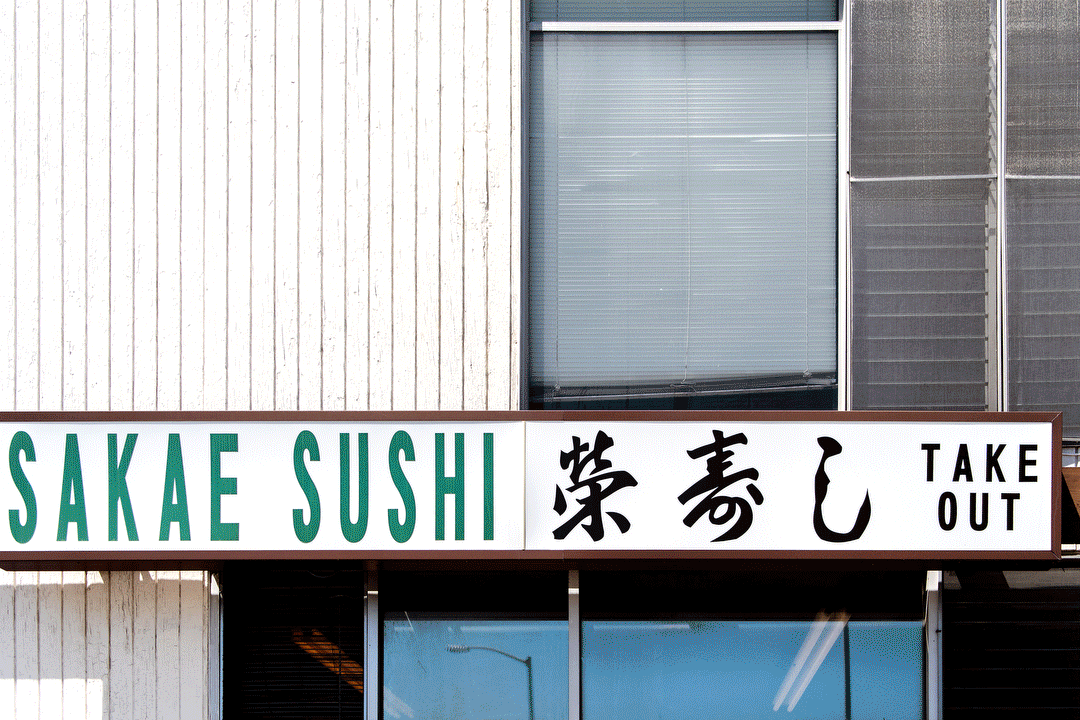Language and Understanding : Tokyo and Washington need to encourage teaching of Japanese
In 1963, a hit on U.S. pop charts was a Japanese tune called, in this country at least, âSukiyaki.â The import was renamed by its American handlers after a food dish whose appellation was catchy to our ears. It didnât matter that the title had nothing to do with the love song.
Weâve come a long since then. Or have we? Americans drive Japanese cars, work at Japanese-owned plants in the United States and savor the delicate tastes of sushi and sake. Still, many canât distinguish the island nation of Japan from other countries in Asia. Itâs about time we got beyond the sukiyaki nonsense and enhanced our understanding of Japan by learning its language.
Granted, Japanese-- nihongo-- is a mercilessly difficult language, reflecting subtleties of culture that are too often referred to as inscrutable. Enrollment in Japanese language classes in California and around the country is up sharply, making Japanese the most popular non-European language in high schools. So keen is the interest that the National Endowment for the Humanities recently awarded nearly $400,000 to a project to develop a Japanese language test, like the ones for Spanish, French and others, by 1993 in order to measure proficiency for college admission.
Building familiarity can start with even younger students. The NEH has funded a program to begin teaching Japanese in some Oregon schools from kindergarten on up. Come March, the agency will consider funding other Japanese education programs, including teacher training.
Developing more cultural exchanges for teachers, workers and students from both countries would help, too. The Japanese government sponsors an annual Japan Exchange and Teaching Program that provides for about 1,000 young Americans to spend a year or two in Japan teaching English or working in local educational districts.
The U.S. government should encourage more of the same. Fostering better familiarity with Japan would serve both the United States and Japan well.
More to Read
Sign up for Essential California
The most important California stories and recommendations in your inbox every morning.
You may occasionally receive promotional content from the Los Angeles Times.










